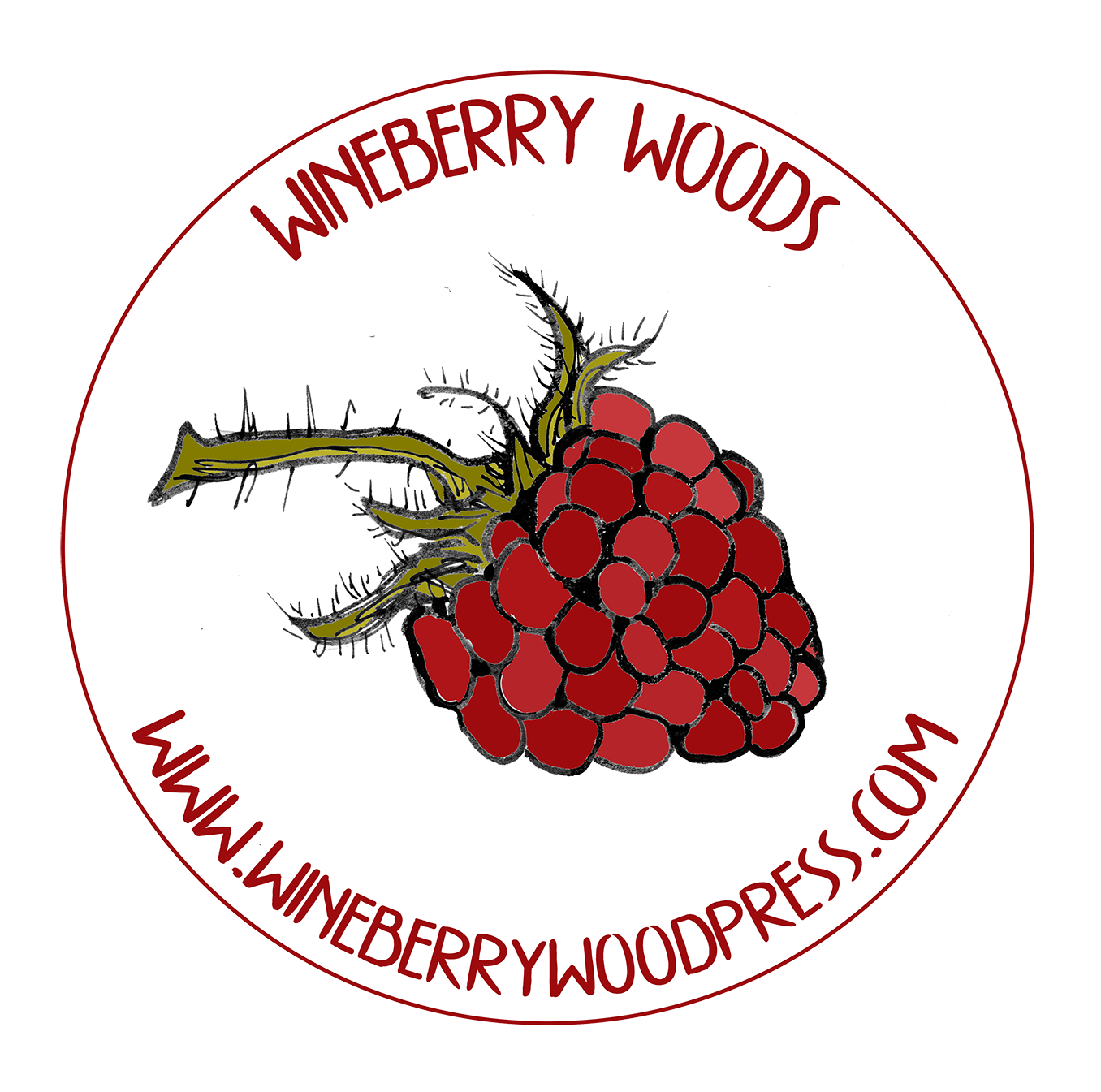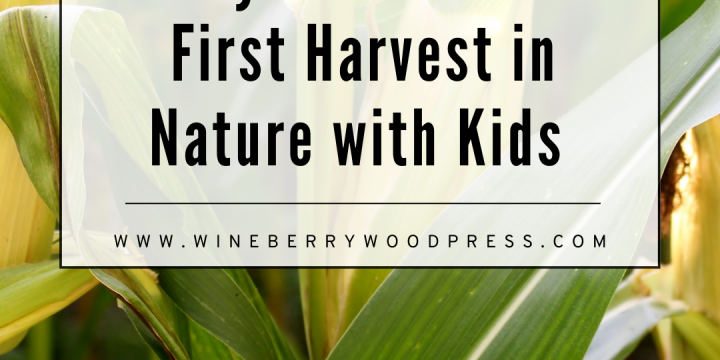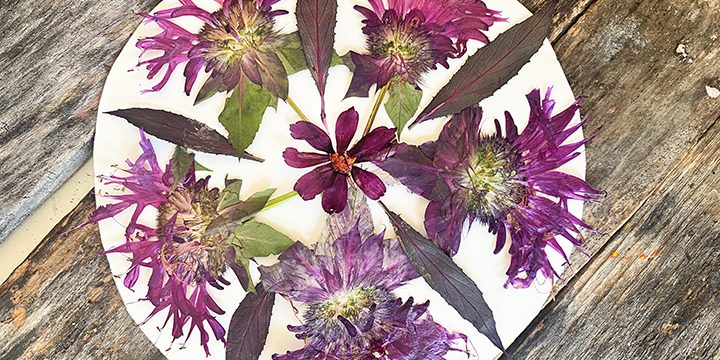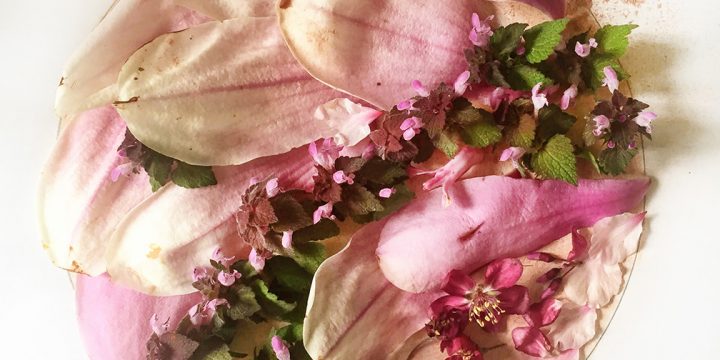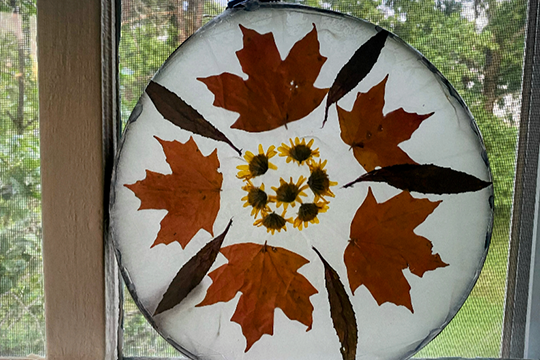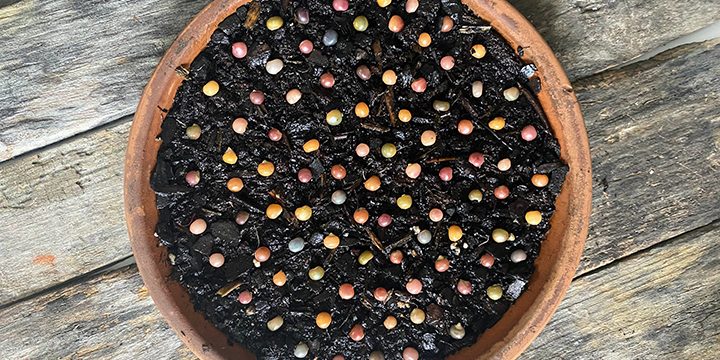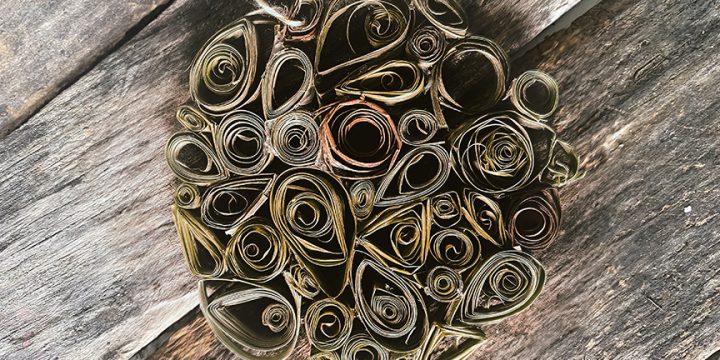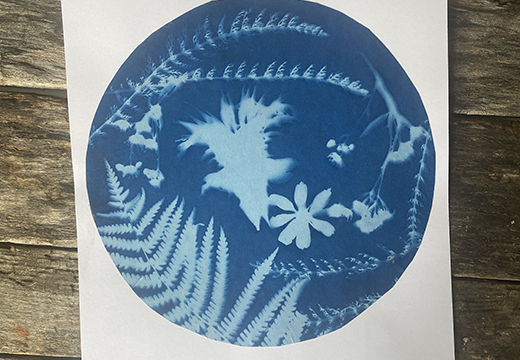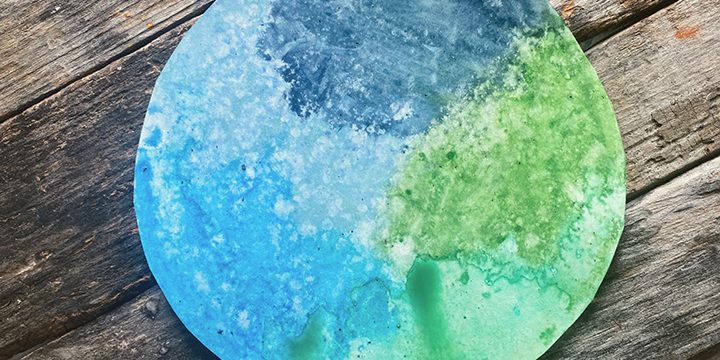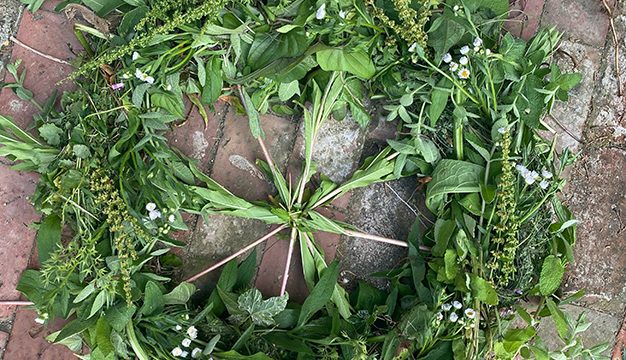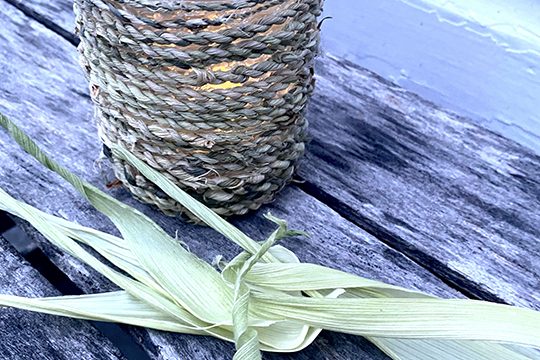
Corn Husk Candles
The "corn' that most Western Europeans refer to around First Harvest (also called Lammas or Lughnasadh) is actually just old fashioned slang for "grain" and most often refers wheat. As a North American on the other hand, corn as in maize, is having its moment this time of year. Some Southeastern American Indian tribes celebrate a Green Corn Festival in early August to celebrate the corn harvest. “Green corn” is of course not corn that is the color green (although there is green colored corn), but simply sweet corn—that is, corn that is eaten fresh as opposed to mature corn that is dried and ground up. It’s the same reason we call green beans green– it’s not because they are the color green, but because they are eaten in an…
